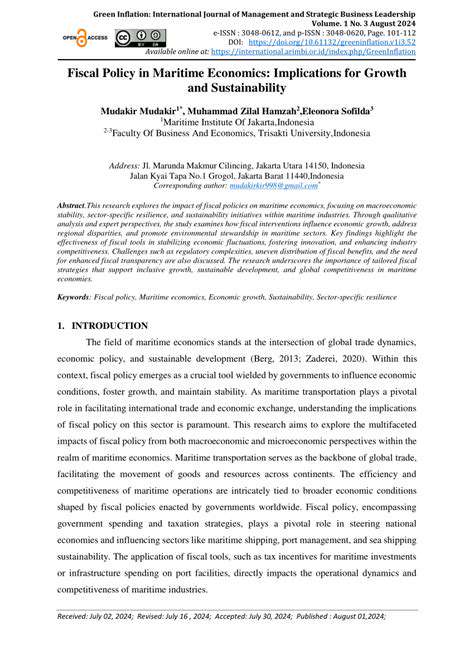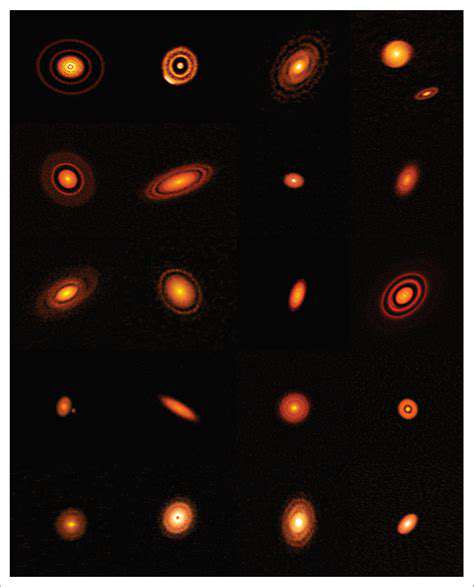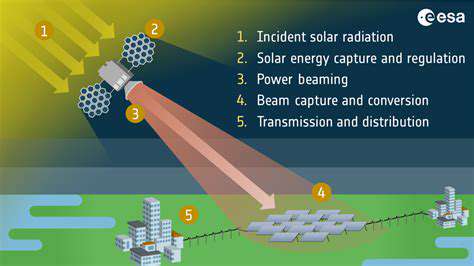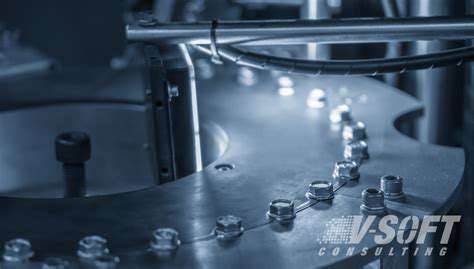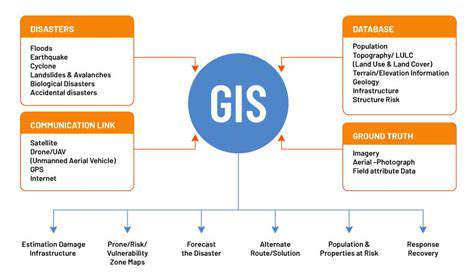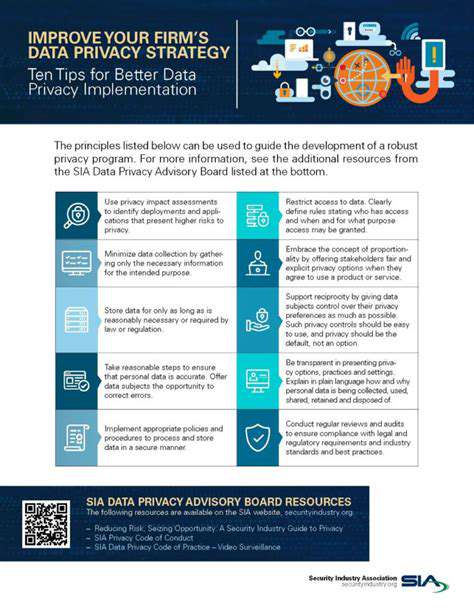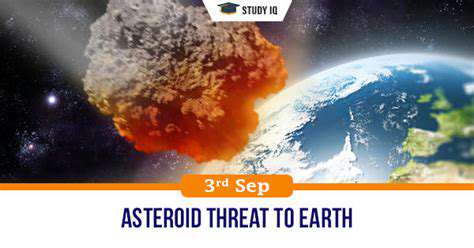Lunar regolith, the layer of loose, powdery material covering the Moon's surface, is a valuable resource with potential applications in space exploration and resource utilization. Composed primarily of pulverized rock and mineral fragments, it's a byproduct of billions of years of meteorite impacts and volcanic activity. Understanding the composition and properties of this regolith is crucial for future lunar construction and resource extraction endeavors. This granular material presents unique challenges and opportunities for in-situ resource utilization (ISRU), and its processing is a key element in establishing sustainable lunar outposts.
The regolith's physical properties, such as its particle size distribution, porosity, and adhesion, significantly influence its processing. Its chemical composition, including the presence of vital elements like silicon, aluminum, and iron, plays a critical role in determining its potential for utilization in various construction materials. Studying its characteristics under the extreme conditions of the lunar environment is essential for developing effective processing strategies.
Challenges in Regolith Processing
Processing lunar regolith presents a multitude of challenges that need careful consideration. The extreme temperatures on the Moon, ranging from scorching highs during the day to frigid lows at night, can affect the equipment and materials used in the processing process. The low-gravity environment also introduces unique engineering considerations for material handling and transport. Furthermore, the inherent dustiness and fine-grained nature of the regolith pose significant challenges to equipment design and operation, potentially leading to clogging and malfunction.
The limited availability of resources on the Moon necessitates efficient and cost-effective processing techniques. Developing methods that minimize energy consumption and maximize resource utilization is paramount. Transporting materials from Earth to the Moon is expensive and time-consuming; therefore, processing regolith in situ is essential for reducing logistical burdens and ensuring the sustainability of future lunar operations.
Potential Applications in Lunar Construction
Lunar regolith, when processed, can be utilized in a variety of construction applications. Its use as a primary component in construction materials like concrete and bricks offers a significant advantage in terms of reducing the need to transport building materials from Earth. Furthermore, the regolith's potential for producing glass and other materials opens up possibilities for creating habitats and infrastructure. Proper processing techniques can also extract valuable metals and other elements from the regolith, further expanding its potential applications.
By developing advanced processing techniques, it's possible to utilize lunar regolith to create strong and durable structures for lunar settlements, potentially including habitats, landing pads, and infrastructure for supporting future lunar operations. This will help reduce the reliance on Earth-based resources and create a self-sufficient lunar environment. The development of sustainable solutions for processing lunar regolith is critical for realizing the long-term viability of lunar exploration and resource utilization.
Economic Considerations and Future Research
The economic viability of lunar regolith processing is a critical factor in its future implementation. The cost of transportation, processing equipment, and labor needs to be carefully evaluated to determine the overall feasibility of extracting and utilizing lunar resources. Furthermore, developing economically competitive processing methods will be essential to make lunar construction a viable option. The high initial investment costs and potential logistical challenges associated with lunar resource extraction require careful financial planning and strategic partnerships.
Ongoing research and development are crucial for advancing the technologies necessary for efficient and sustainable lunar regolith processing. This includes exploring innovative processing techniques, optimizing equipment design for the lunar environment, and developing cost-effective methods for extracting valuable resources from the regolith. The results of this research will drive future initiatives and pave the way for the creation of a self-sufficient lunar economy.
Applications in Lunar Construction
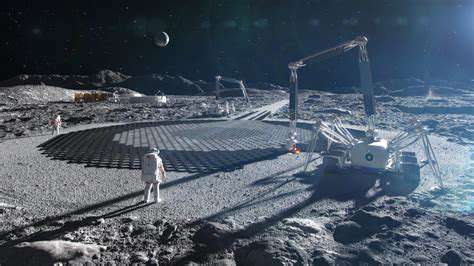
Resource Utilization for Lunar Habitats
A key aspect of lunar construction is the efficient utilization of lunar resources. This includes finding ways to extract and process regolith, the lunar soil, to produce building materials, such as concrete and bricks. This approach minimizes the need to transport materials from Earth, significantly reducing costs and complexities associated with launch and transport logistics. Lunar regolith, though seemingly inert, holds significant potential for construction materials.
Advanced Construction Techniques
Developing innovative construction techniques is crucial for building on the Moon. Traditional Earth-based methods might not be suitable, given the unique lunar environment and resources. 3D printing with lunar regolith, for example, could revolutionize construction by allowing complex structures to be built with minimal material transportation and maximizing space utilization. New robotic systems may also play a significant role in the construction process.
Life Support Systems Integration
Lunar habitats must incorporate robust life support systems to sustain human life. These systems will need to be carefully designed to maintain breathable air, regulate temperature, and provide a safe environment for prolonged stays. Recycling systems for water and oxygen are particularly important for self-sufficiency and reducing reliance on resupply missions from Earth.
Radiation Shielding and Protection
Lunar habitats will need to offer effective radiation shielding. The Moon lacks a significant atmosphere and magnetic field, leaving inhabitants vulnerable to harmful solar and cosmic radiation. Advanced shielding materials and designs will be essential to protect the health of the astronauts. This is a critical area of research and development to ensure the safety and well-being of future lunar colonists.
Power Generation and Energy Storage
Reliable and sustainable power generation is essential for lunar construction and habitation. Solar energy, due to its abundance on the lunar surface, is a promising option. However, efficient energy storage solutions will be needed to provide power during the lunar night. Nuclear power systems are another potential option, though their implementation requires careful consideration of safety and waste disposal.
Waste Management and Recycling
Sustainable waste management and recycling systems are critical for long-term lunar habitation. Efficient collection, processing, and recycling of waste materials will be necessary to minimize environmental impact and maximize resource utilization. This includes recycling waste water, food scraps, and other materials for reuse in construction or other processes.
Communication and Navigation Systems
Reliable communication and navigation systems are vital for coordinating activities within lunar habitats and with Earth. Maintaining constant communication links and precise navigation for both ground-based and extraterrestrial operations is crucial. These systems need to be robust enough to withstand the challenges of the lunar environment, including potential communication delays due to the distance from Earth.
